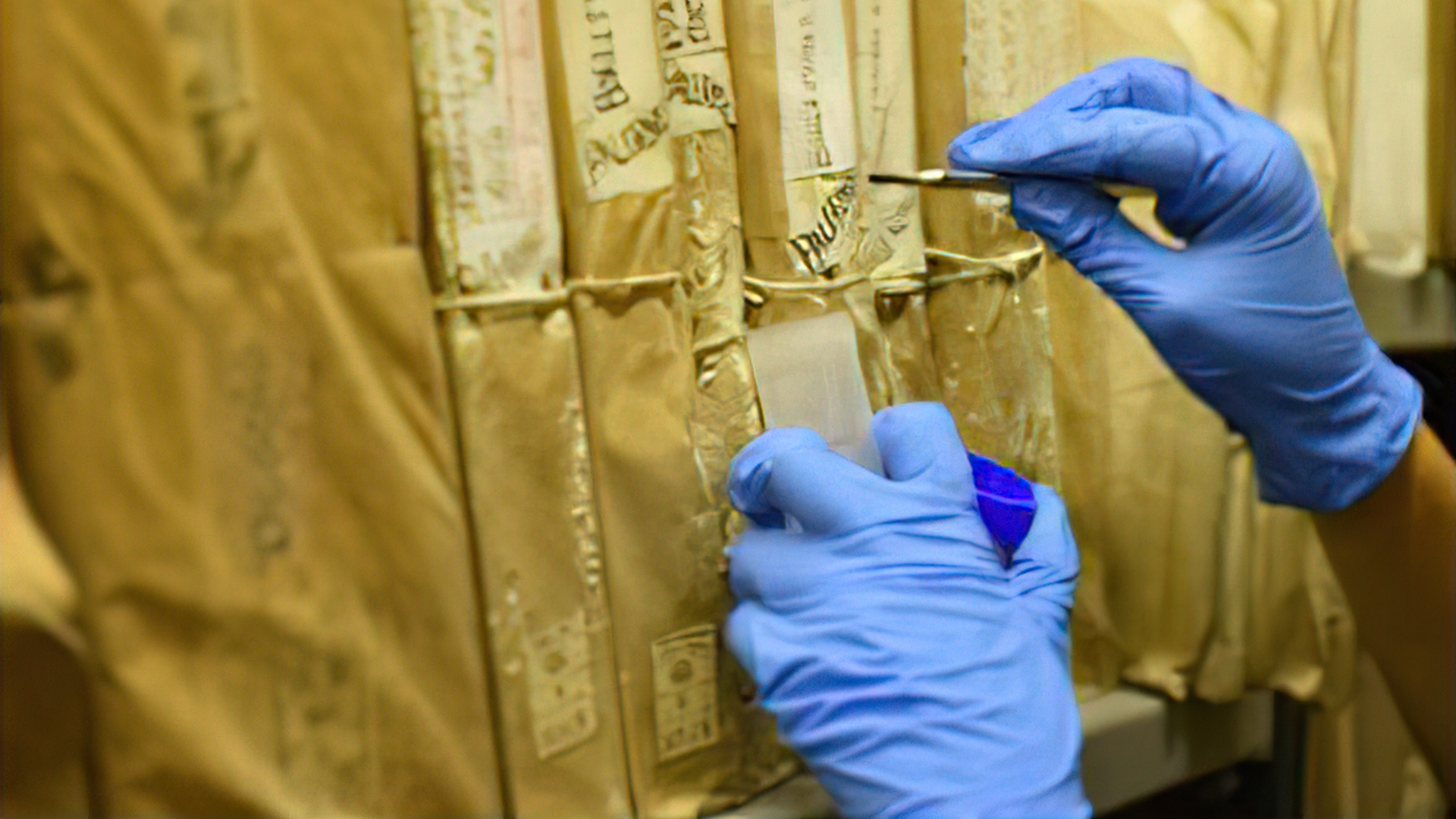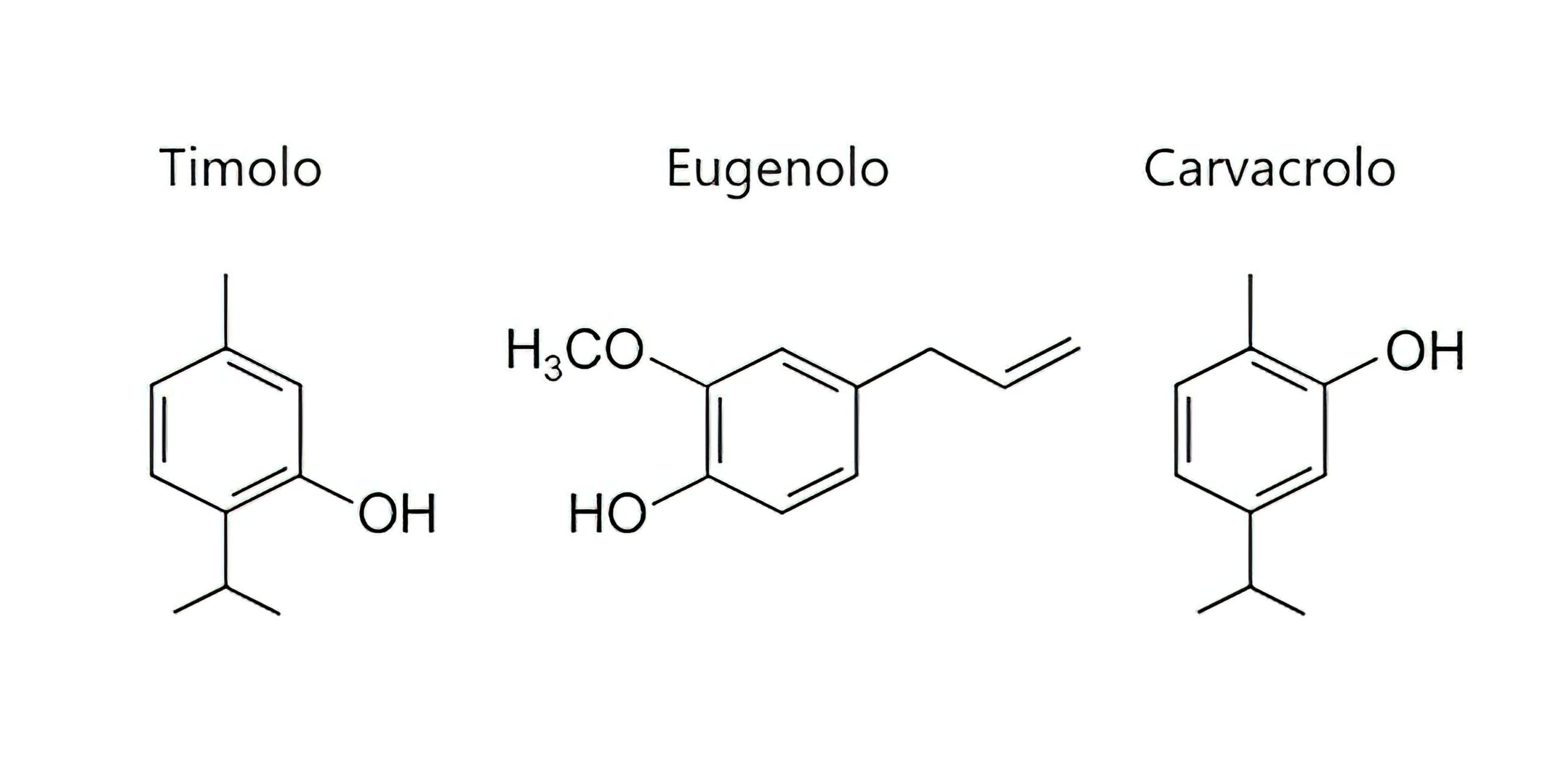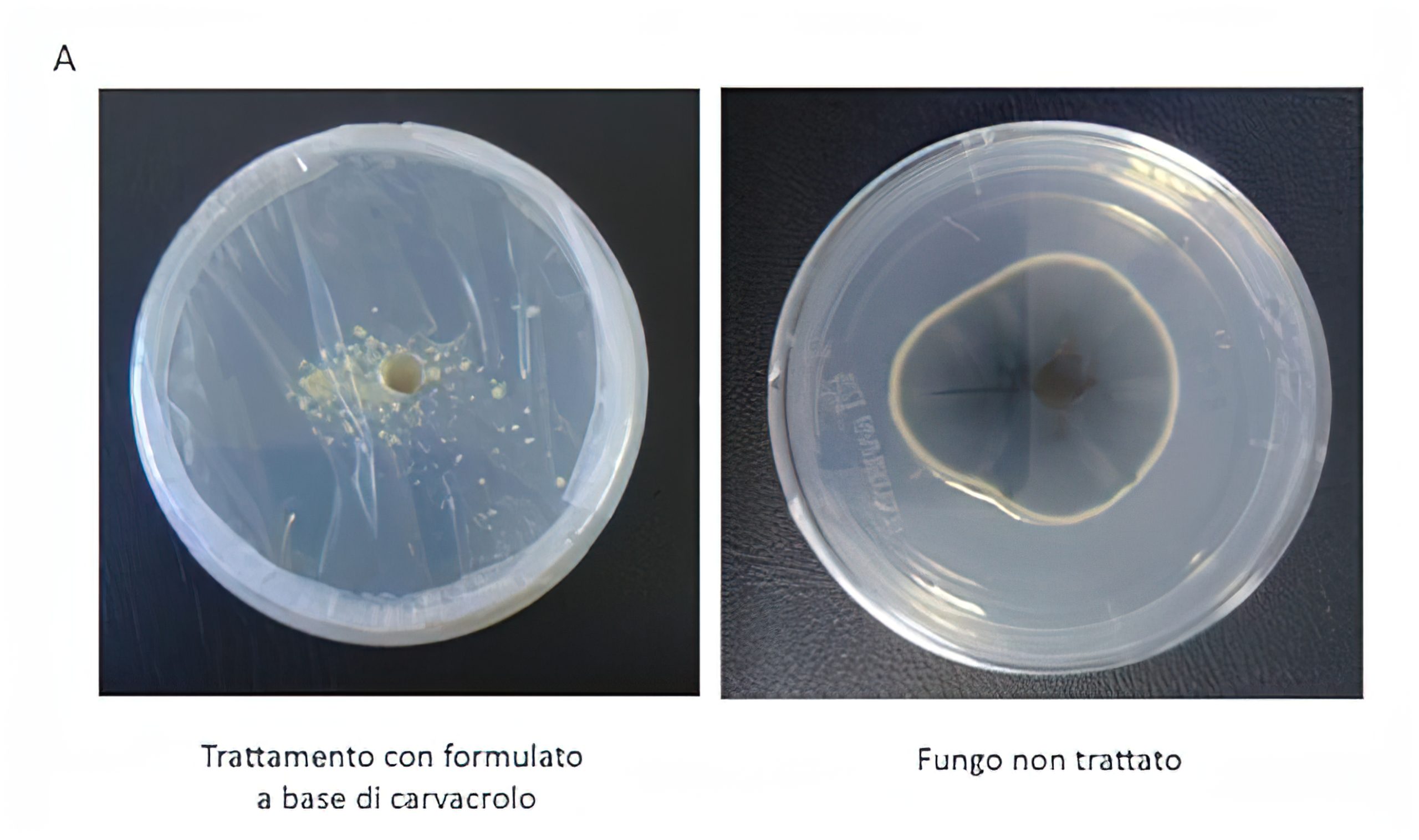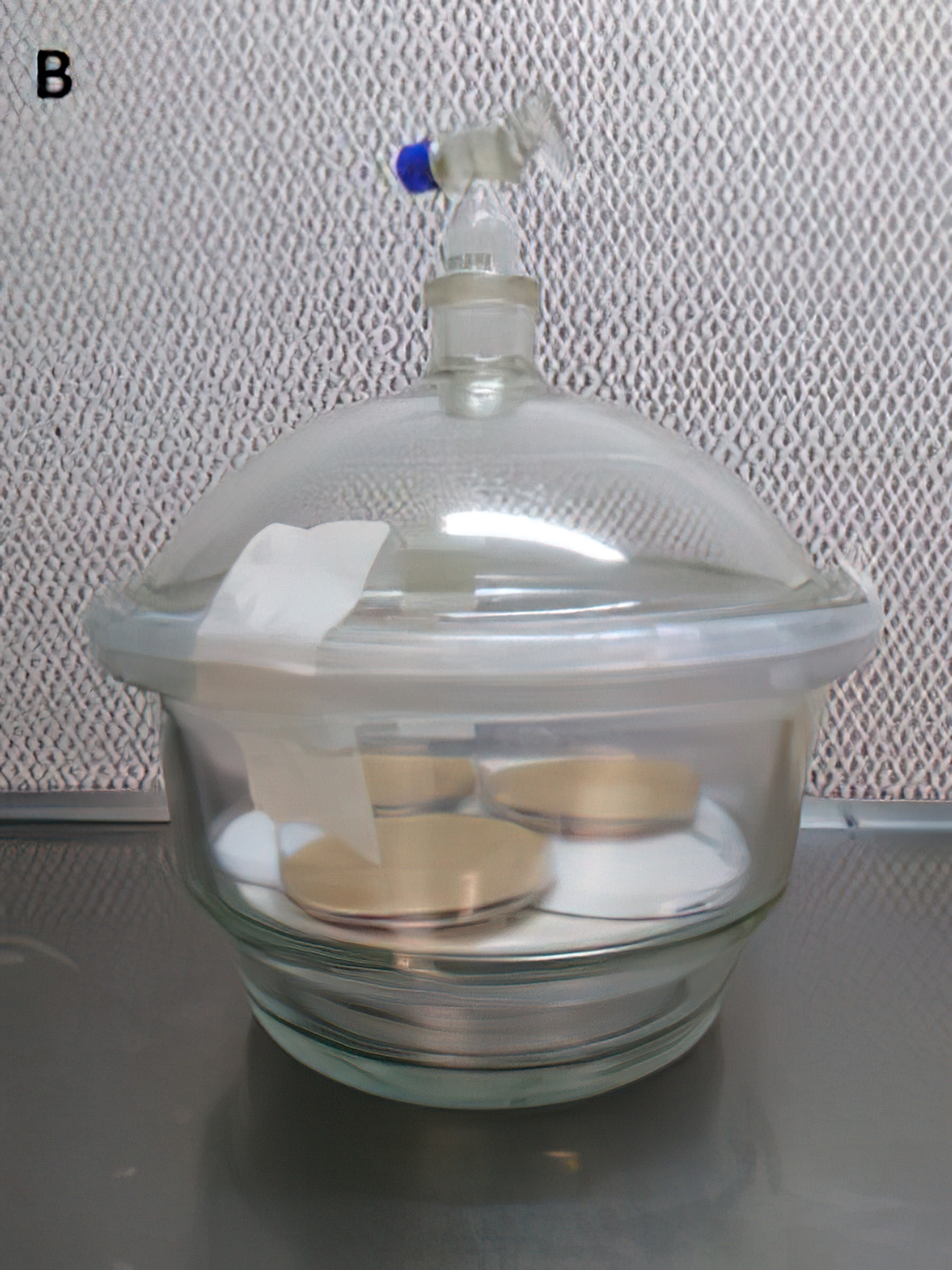The aDESSO project (From ESsential to SOlid) is a two-year project co-financed by the Tuscany region, born from the collaboration between the National Central Library of Florence and the CNR (Sesto Fiorentino, FI). The project aims to experiment with plant-based products in the treatment of paper materials from historical archives.
Very often the conservation of archival library heritage is endangered by the proliferation of organisms and microorganisms capable of feeding on these works, causing serious deterioration (fig. 1). Common disinfection and pest control treatments are often invasive and highly toxic, which is why it is necessary to develop new techniques to be used in combination and/or replacement of conventional methodologies.
The purpose of the aDESSO project is to exploit broad-spectrum substances for the production of solid formulations that are easy to handle and characterized by high stability, to be used in contrast to biotic agents harmful to paper. To this end, essential oils extracted from plants, and in particular their main terpenic constituents, constitute a precious resource with multiple biological properties, including a marked antibacterial, antifungal, and insect repellent action (fig. 2). However, their high volatility compromises their long-term effectiveness. The aDESSO strategy involves trapping and stabilizing these substances within solid formulations to prevent their immediate volatilization, obtaining an extension of their effectiveness over time.
Within the project, two types of formulations have been produced and tested, one with slow release and the other with more immediate action effectiveness (fig. 3).
Both formulations are in the form of powders and have been tested as antimicrobials and insect repellents through a series of laboratory tests (fig. 4). Overall, the results obtained show a strong antimicrobial action; furthermore, some of the formulations tested have an insect repellent action.
Further investigations will allow us to define more precisely the potential uses of the products obtained for the conservation of paper materials, with a view to effective and non-invasive treatment.

Figure 1. Sampling of microorganisms colonizing archival material.

Figure 2. Terpenic constituents used for the production of solid formulations.
Figure 3. Solid formulations based on terpenes


Figure 4. Laboratory tests for the evaluation of the effectiveness of the formulations. Fungal growth tests in a plate (A) and paper test under controlled conditions (B).


